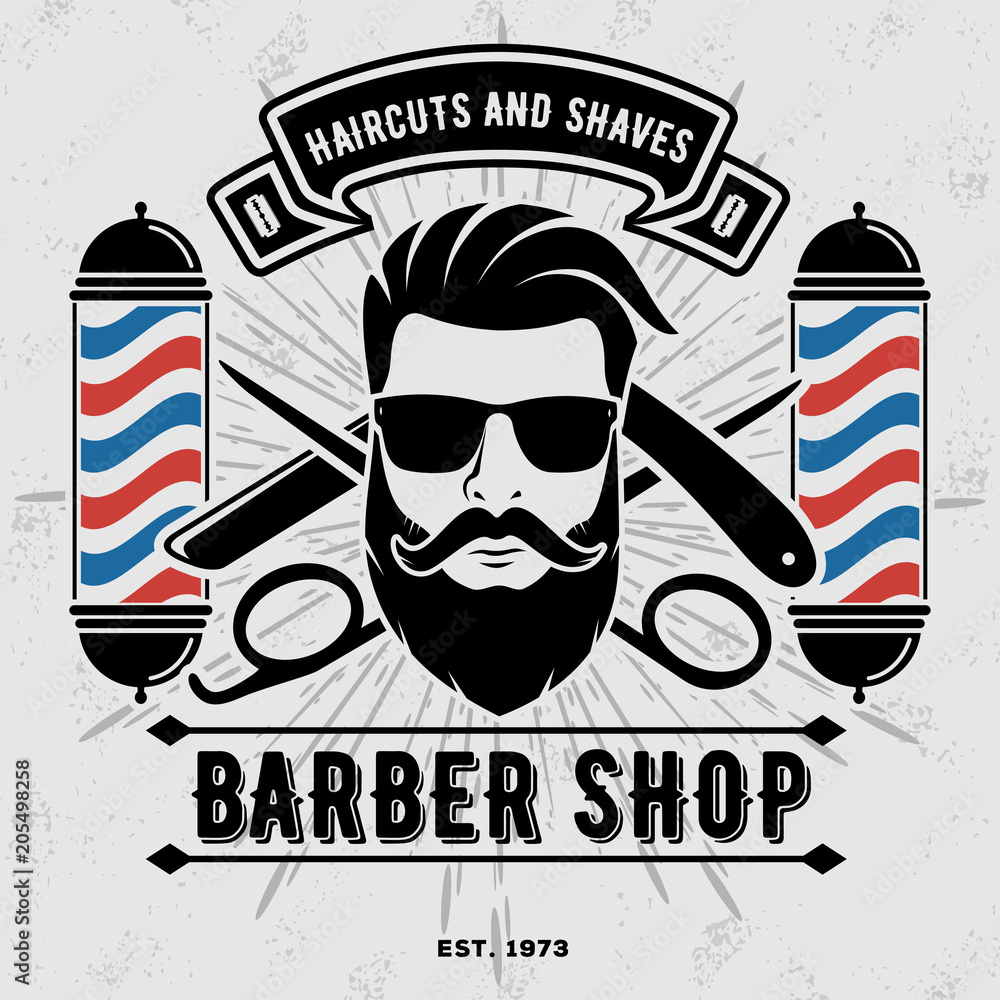When visiting a hair professional, having the ability to clearly communicate your desired haircut is essential for reaching the desired look. A thorough explanation helps the stylist interpret your expectation and reduces the chances of misunderstanding. To make sure that you get the haircut you want, it is important to get ready in advance and think about several key factors when expressing your style goals. These factors include hair cut, texture, style, and any specific features that you would like to add.
Firstly, consider the length of your hair. Haircuts can range from very short styles like pixies to long layers that fall below the shoulders. It is helpful to specify whether you want a trim, a significant cut, or a complete transformation. Using precise terms such as "shoulder-length" or "mid-back" can provide clarity. Additionally, discussing the possibility of bangs or layers helps the stylist visualize your request more accurately. Being clear about how much length you wish to maintain or remove will significantly influence the outcome of your haircut.
Secondly, tress texture serves a crucial function in shaping how a haircut will appear. Various textures—such as straight, rippled, ringlet-filled, or coily—respond differently to various cuts. When describing your preferred cut, it is important to note your tresses’ inherent texture and whether you intend to use any hair tools or formulations. For example, if you have thick strands, you may want to ask for de-bulking methods to reduce bulkiness. Alternatively, if your hair is fine, you might this link opt for layers that add volume. This detail allows the professional to customize the style based on how your hair responds.

In conjunction to length and texture, sharing the general style you want can offer direction for the hair professional. There are numerous hairstyles to select, including timeless cuts like blunt cuts and contemporary options like asymmetrical styles. It is helpful to share examples of looks that you like—these could be images from magazines or online portfolios. Highlighting specific features such as soft edges, sharp lines, or stacked layering can assist in view conveying your vision more effectively. This guarantees that both you and your stylist are on the same page regarding desired outcome.
Lastly, don't forget to include any unique traits that might elevate your haircut. This could involve factors such as facial structure or personal style preferences that affect the overall look. For instance, those with circular face shapes might prefer soft angles to lengthen their appearance, while individuals with angular face shapes may opt for blended layering to soften their jawline. In addition, discussing color options can also be part of this conversation; specifying if you want accent tones or a solid color can better shape your desired result.
To summarize, effectively conveying your desired style requires thoughtful consideration of several important factors: hair length, hair type, style, and distinct traits. By preparing in ahead of time and being specific about these aspects, individuals can greatly enhance their experience at the studio and increase the likelihood of walking out with a haircut they are happy with. A successful discussion with a stylist is founded upon clear communication and shared expectations. This collaborative approach ensures that both guest and stylist collaborate towards achieving the desired outcome.